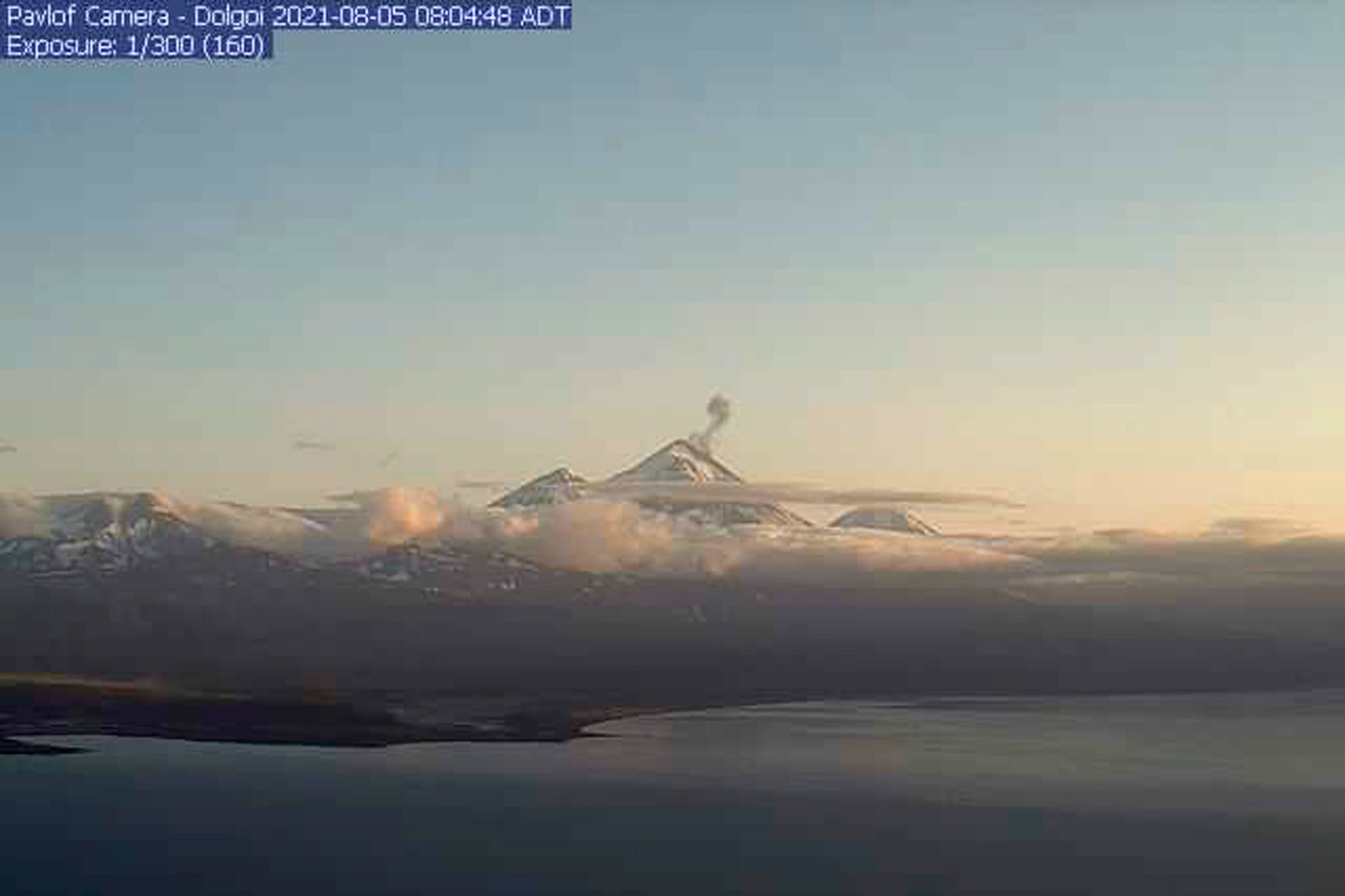3 erupting Alaska volcanoes spitting lava or ash clouds
Three remote Alaska volcanoes are in various states of eruption, with one producing lava and the other two blowing ash clouds into the sky

Your support helps us to tell the story
From reproductive rights to climate change to Big Tech, The Independent is on the ground when the story is developing. Whether it's investigating the financials of Elon Musk's pro-Trump PAC or producing our latest documentary, 'The A Word', which shines a light on the American women fighting for reproductive rights, we know how important it is to parse out the facts from the messaging.
At such a critical moment in US history, we need reporters on the ground. Your donation allows us to keep sending journalists to speak to both sides of the story.
The Independent is trusted by Americans across the entire political spectrum. And unlike many other quality news outlets, we choose not to lock Americans out of our reporting and analysis with paywalls. We believe quality journalism should be available to everyone, paid for by those who can afford it.
Your support makes all the difference.Three remote Alaska volcanoes are in various states of eruption, one producing lava and the other two blowing steam and ash.
So far, none of the small communities near the volcanoes have been affected, Chris Waythomas, a geologist with the Alaska Volcano Observatory, said Thursday.
Webcams on Thursday clearly showed episodic low-level ash emissions from Pavlof Volcano, prompting the observatory to raise the volcano’s threat level from yellow, or exhibiting signs of unrest, to orange, indicating an eruption is underway with minor volcanic ash emissions.
Ash clouds were rising just above the volcano’s 8,261-foot (2,518-meter) summit, drifting about 6 miles (9.7 kilometers) to the south before dissipating, Waythomas said.
Pavlov is a "very sneaky volcano,” Waythomas said. “It can get going without much warning.”
He described the peak as an open system volcano, meaning its “magmatic plumbing system is open and magmas can move to the surface really fast and it can start erupting almost with no warning."
Pavlov is a snow- and ice-covered stratovolcano on the southwestern end of the Alaska Peninsula, nearly 600 miles (965.6 kilometers) southwest of Anchorage
The nearest community is Cold Bay, about 35 miles (56.33 kilometers) southwest of Pavlov, which is considered one of Alaska’s most active volcanoes in the Aleutian Islands arc of active and dormant volcanoes.
Pavlov last erupted in 2016, dropping some ash on another community, Nelson Lagoon.
The observatory on Thursday received reports from people in the community of Adak of a lava fountain at the summit of the Great Sitkin volcano. The reports were later confirmed by webcam.
“The fact that they just happen to walk outside and see it was really great,” Waythomas said.
He said if activity increases, Adak could get ashfall from Great Sitkin, located on an island about 27 miles (43.45 kilometers) away.
“This lava fountain is kind of unusual for Great Sitkin, but it’s been fairly passive at this point,” he said.
Great Sitkin, a stratovolcano with a caldera and dome, is about 1,150 miles (1,851 kilometers) southwest of Anchorage.
Semisopochnoi Volcano, about 150 miles (241 kilometers) away on an uninhabited island at the western end of the Aleutian Islands, has been erupting intermittently and on Wednesday produced an ash cloud that went to about 10,000 feet (3,048 meters) into the air, Waythomas said.